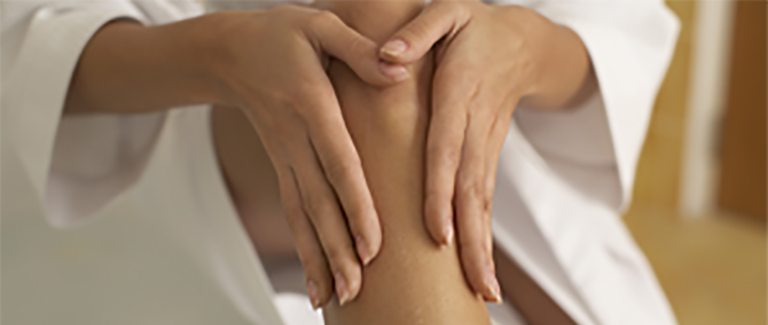Microphlebectomy Overview:
Microphlebectomy is an effective, minimally invasive, in-office procedure, that is used to treat varicose veins. This procedure takes about an hour, and no general anesthetic is required. There is very little risk of infection or other complications with this procedure.
Microphlebectomy in Detail:
At Total Vein Care, a microphlebectomy procedure is usually recommended for people who have larger varicose veins. Varicose veins are swollen and enlarged veins that can be painful, bothersome, and even embarrassing. If these veins are left untreated, they can lead to serious health problems. When getting this procedure done, we will mark the veins to be treated, and then numb the skin over the veins. Your doctor will then use a small hook to bloodlessly pull the varicose vein to remove it. (This process will be repeated for all problem veins).
Frequently Asked Questions:
Will I feel any pain during the procedure?
You may feel a slight pulling sensation during the procedure, but you should not feel any pain.
What can I expect during the recovery?
Since this procedure does not involve stitches, you can usually return to work the next day. The incisions are usually closed with a bandage, and the small punctures heal rapidly.
Will I get scarring from this procedure?
There is no scarring. Your leg will go back to being beautiful!
Here is a before and after picture from a microphlebectomy procedure from one of our patients:

Call us to make an appointment or if you have any questions: 225-442-9663



